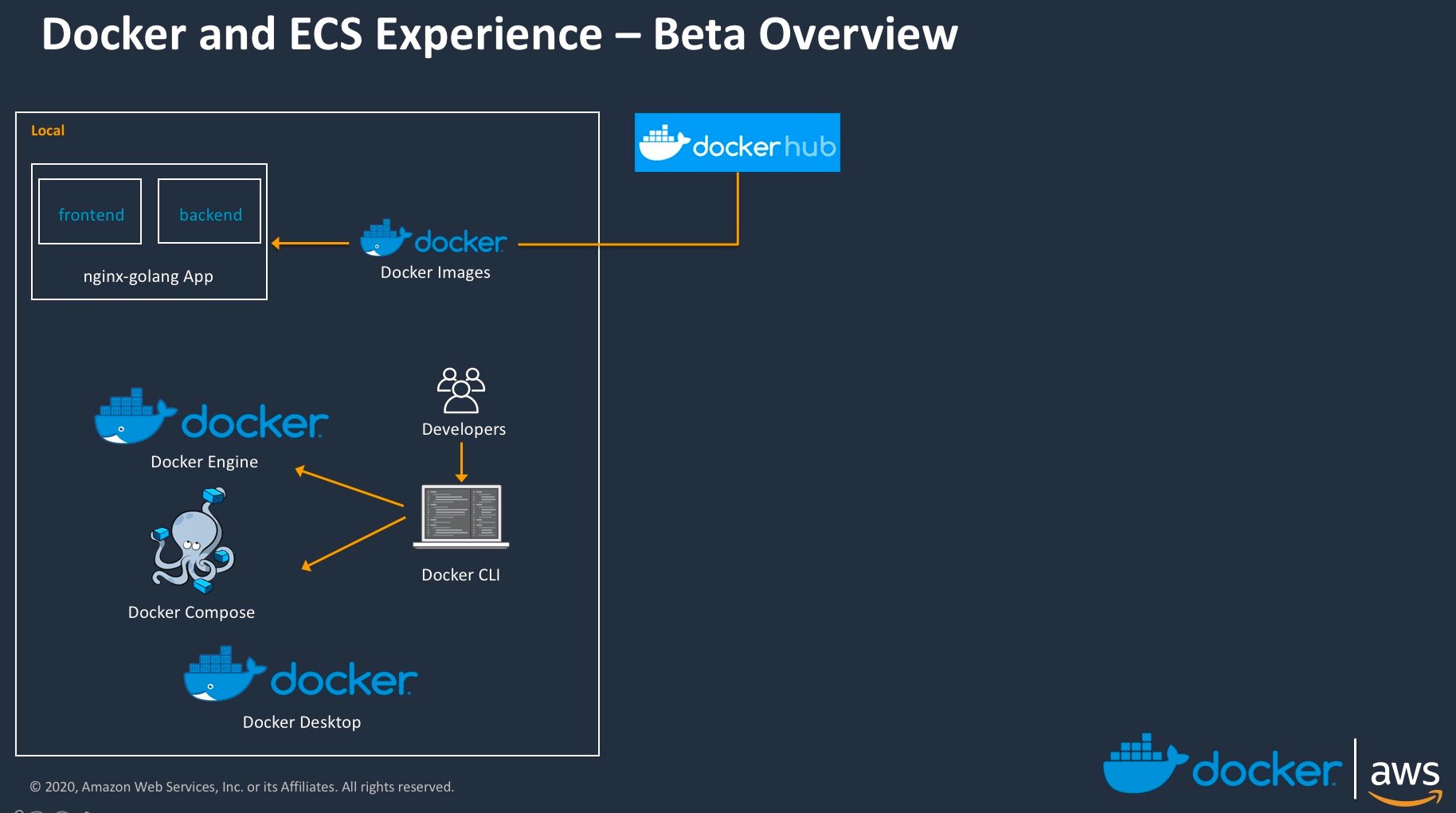
Securely connect MCU-powered devices from the silicon to the cloudĬontinuous asset discovery, vulnerability management, and threat detection for your Internet of Things (IoT) and operational technology (OT) devicesīuild intelligent edge solutions with world-class developer tools, long-term support, and enterprise-grade security. Use IoT spatial intelligence to create models of physical environmentsĮxtend cloud intelligence and analytics to edge devices Modernize Cassandra data clusters with a managed instance in the cloudĭeploy applications to the cloud with enterprise-ready, fully managed community MariaDBĬonnect assets or environments, discover insights, and drive informed actions to transform your businessĬonnect, monitor, and manage billions of IoT assets Simplify on-premises database migration to the cloudĪzure Managed Instance for Apache Cassandra Migrate SQL Server workloads to the cloud at lower total cost of ownership (TCO)Īccelerate apps with high-throughput, low-latency data caching Managed, always up-to-date SQL instance in the cloud Modern SQL family for migration and app modernizationīuild or modernize scalable, high-performance appsįully managed, intelligent, and scalable PostgreSQL The New Stack is a wholly owned subsidiary of Insight Partners, an investor in the following companies mentioned in this article: Docker.Support rapid growth and innovate faster with secure, enterprise-grade, and fully managed database services The now-classic “Troll the respawn, Jeremy” line from “Unbreakable Kimmy Schmidt” gets a nod, as does a hashtag-friendly version of one of Tobias Funke’s most memorable lines in “Arrested Development.” It’s a great way to engage users to read a boring changelog and brings a quirky sense of fun to reviewing what has been changed in release updates.įeature image: “ work’s desktop” by Mauren Veras. Each set of these changes is given a short title, ostensibly taken from some random internet meme, I gather. The list of features improved, added or fixed are shown with their relevant version number (the new Desktop is now at version 3.0).
DOCKER DESKTOP GITHUB FOR MAC
One cool, Easter egg-like aspect of GitHub Desktop for Mac is the fun titles given to release notes. Users cannot view issues through GitHub Desktop and are unable to add new issues or respond to existing ones, so for these more team-based or community-facing dev tasks the browser or command line will still be essential. Ideally, the new Desktop tool is suited to developers who are in the development-to-deployment workflow, but for those working on open source projects or who use GitHub to monitor bugs, feature requests or other problems in existing applications, Desktop is not yet the answer. Visualization elements from - like viewing a graph of commits and navigating through local branches - is also available from the new desktop tool.ĭevelopers can also create pull requests, and merge changes back to the master branch. Devs can clone or create new project repos in their GitHub account, create and switch branches, and view different versions of uncommitted changes.

Now GitHub is emulating that experience by enabling developers to work from a desktop (Mac or Windows) version of GitHub and access several of the same features they would access through the web portal. While most devs may be comfortable using the command line to access their Git repos from their Mac (or Windows), the Desktop version means that not only can devs make use of a user interface to their repos from their laptop, but - possibly more importantly - so can the non-devs who are making increasing use of the GitHub platform.

Articles like Melody Kramer’s GitHub tutorial for journalists on the Poynter website are gaining traction because they are showing the non-developer reach of dev tools, in much the same way that non-developers can make use of container technology. It’s also a growing recognition of the widening reach of GitHub itself.

The application development environment on one’s laptop is the same as that on a whole team or enterprise system when it is moved to a larger application architecture setting. One of Docker and container technology’s greatest advantages is that it provides a single source of truth for developers from personal coding projects through to QA and staging, testing, deployment and production. The move acknowledges the new coding environment and developer needs that have surfaced as the norm since the growth of Docker and the container ecosystem movement. GitHub has released GitHub Desktop to enable a seamless experience for developers coding from their laptops and pushing commit changes directly to their repos on the GitHub site and GitHub Enterprise.


 0 kommentar(er)
0 kommentar(er)
